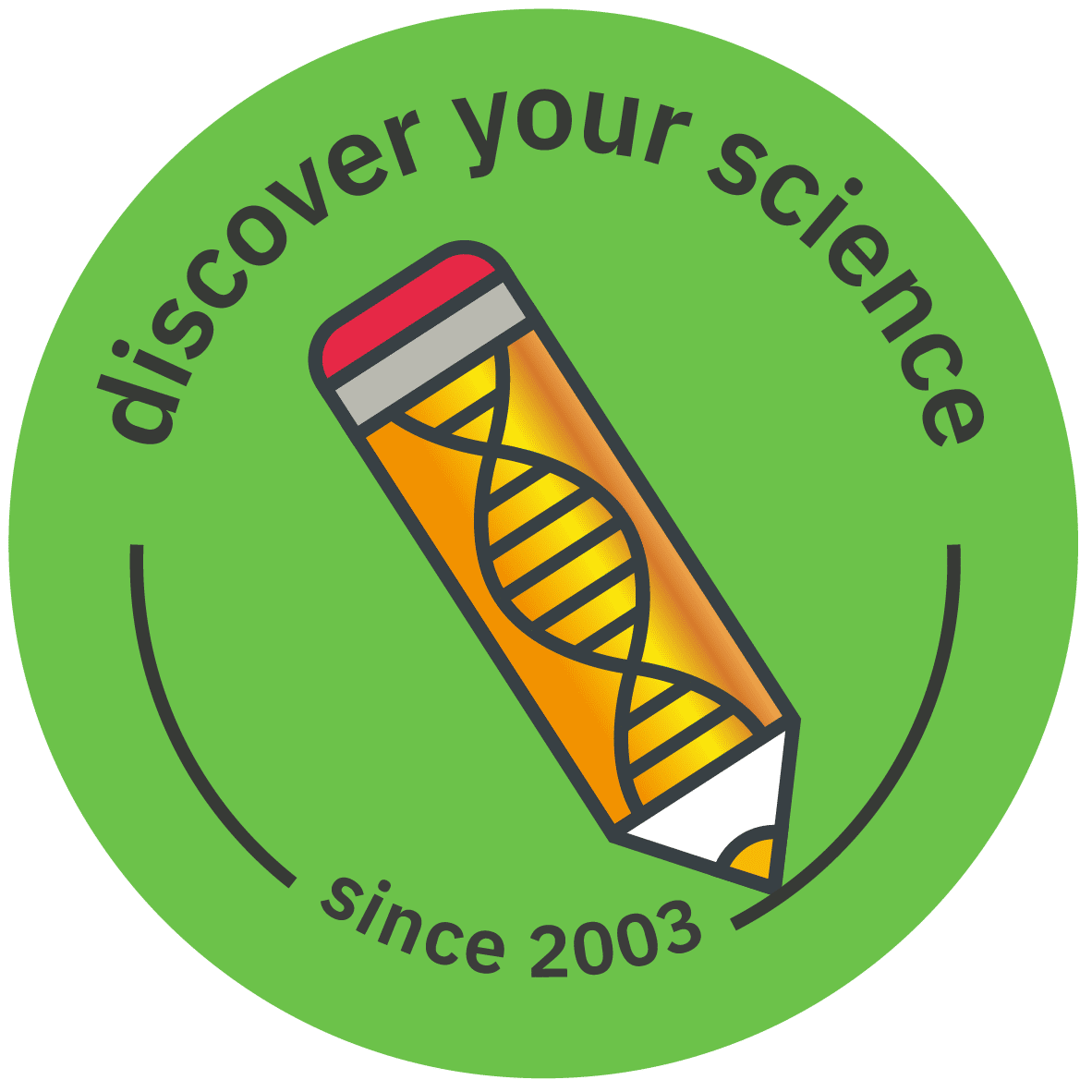
“My expectations were exceeded”
The EMBL Insight Lecture presented by Dr. Thomas Schneider
A guest article by Sarah Gries, Jennifer Dickgießer and Rebekka Salomé (Friends of EMBL Teens)
One of EMBL’s mission is to advance technology for research. But how important is technology development in the context of life sciences research and which technologies actually help scientists in structural biology? These questions and more were answered by Thomas Schneider in the EMBL Insight Lecture 2017.
On the 1st of December, 193 students and teachers from local schools came together at the EMBL in Heidelberg to watch the annual EMBL Insight Lecture, this year given by the senior scientist and group leader at EMBL Hamburg Dr. Thomas Schneider on the topic “Seeing is believing – How technology enables structural biology?”. Over 1200 students, teachers and scientists from all over the world followed the lecture via the live stream.

Before the lecture, Agnes Szmolenszky, the head of ELLS, the European Learning Laboratory for Life Sciences, EMBL’s science education unit, introduced the students to the institute. Then, Dr. Thomas Schneider kicked off the lecture. In his presentation about structural biology, he mostly focused on crystallography, which determines the structure of a protein crystal, thanks to X-rays.
Thomas Schneider explained that structural biology is a part of molecular biology, focusing on the shape and function of a molecule, looking at its “architectural features” so to say. Because it allows to study the atomic make-up of macromolecules, a popular choice for scientists is X-ray crystallography. One of the most important early accomplishments of the technology was the resolution of the molecular structure of the DNA double helix. But, as Dr. Schneider pointed out, the technology is still developing and has undergone a lot of improvement since then.
Thomas Schneider also showed the students how connected scientists nowadays are, giving an example of a colleague in Sao Paulo who can send his protein samples to EMBL Hamburg, get their structure analysed by crystallography in just 48 hours and view the results in the Protein Data Bank in Europe. In the lecture, Dr. Schneider also demonstrated how to work with just this data bank using the example of the protein proteasome.
He concluded his presentation with saying that X-ray crystallography is a very important part of biology, but to practice it, technology and collaboration of professionals from all disciplines, physicists, biologists, engineers and others, are necessary. Science is enabled by scientific research.
After the lecture, the students at the EMBL and the viewers of the live stream asked questions to Thomas Schneider, either directly with a microphone in the room or via Twitter and Skype. Dr. Schneider was able to answer all of them – whether they regarded the future of crystallography, the current research done using crystallography or what his favourite protein was.

The students in Heidelberg thoroughly enjoyed the lecture and agreed that the talk was very interesting, informative and well explained. One teacher said “my expectations were exceeded because Thomas Schneider was able to put this abstract topic across to the students and generated an ‘aha effect’ for many”. He was also impressed with the accuracy of today’s technology.
The EMBL Insight Lecture by Dr. Thomas Schneider was very enriching and interesting for students and teachers alike – whether in Heidelberg or anywhere else in the world; Dr. Schneider had a great way of sharing his insights into X-ray crystallography, a very complex technology, and managed to engage the students’ interest in science.
Find out more about the Friends of EMBL Programme.



